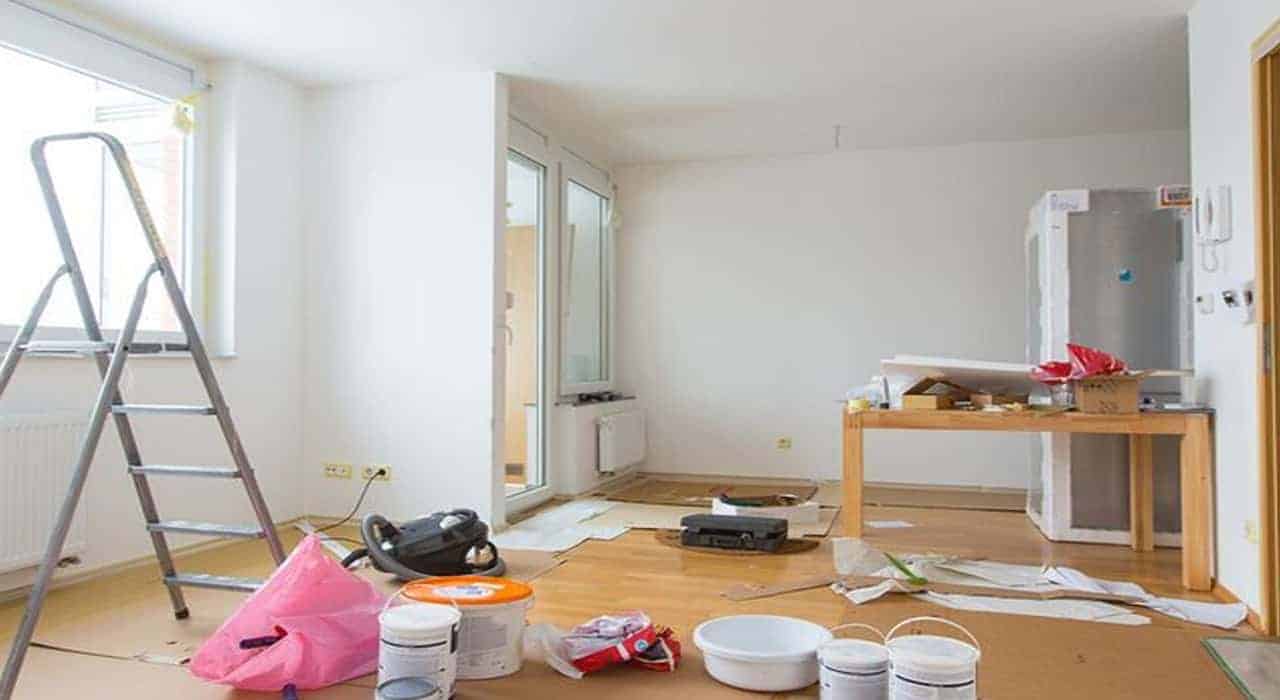
Painting is one of the most popular home improvement activities. These painting tips provide ways to make your painting projects more successful. Homeowners know that painting a room is one of the easiest and most cost effective ways to give any room a new look. What few people understand is that there's a lot more involved in painting if you want perfect results.
Our painting tips cover all the steps needed to getting great results – planning, preparing the surfaces to be painted, the actual painting, and of course, there's cleanup, which isn't much fun but someone has to do it before you can enjoy the results.

Painting Tips #1 – Planning Saves You Time
When it comes to painting, there are questions to be answered that go far beyond what color you want the room to be. Most people will focus on the hardest question, picking the color. But there are more decisions that happen before you start painting.
- If your home was built before 1978, you may have lead paint. Learn more about Lead Safe Rules From the EPA and test to see if your old paint has lead.
- Will you paint the ceiling? Many homeowners skip this step initially and then once the walls are painted, realize the ceiling now looks dingy. You'll save time by painting the ceiling first.
- Consider which paint to use. Many new paints have reduced or no volatile organic compounds (VOCs). Benjamin Moore's Aura “… covers like no other, with even the deepest shades never requiring more than two coats.”
- We've got lots of articles to help you pick the right color (lots of articles), the correct paint finish for each room and calculating the right amount of paint to buy.
While each room may be painted a different color, one of our best painting tips is to use a single ceiling white and another white for all the wood trim in your house from the trim around doors and windows to baseboards. This makes it easy to store the paint you'll need for touch-ups as they're inevitable.

Painting Tip #2 – Types of Paint Finishes Matter
Did you know there are different paint finishes that look different? You'll also want to take into account how much traffic the area you're painting gets as once you've painted, you want to enjoy the results for a long time.
- Ceilings and bedrooms should get a flat or matte paint. Flat paint absorbs light and covers imperfections such as water damage. However, it is harder to clean without taking the paint off. That means it's not ideal for kid's rooms.
- Rooms with high traffic should get a satin paint. Satin paint is highly durable which means it is easy to clean. However, you should be careful when painting, because it can reveal painting flaws like brush strokes, making later fixes difficult.
- Rooms with lower traffic can use an eggshell paint, that covers imperfections easily but isn't as durable as satin.
- Kitchens and bathrooms should get a semi-gloss paint. This finish is good for moisture. It has a slight sheen making it easier to clean. It's also very durable.
- Doors and trim (baseboards and casings around doors and windows) should get a high gloss paint. High gloss paint is the most durable paint and very easy to clean. It's also shiny and reflects light well. This paint is good for things that get touched often but it shows every little imperfection, making your prep work all that more important.
Painting Tips #3 – Use the Best Painting Tools You Can Afford
When you buy a new pair of shoes, you probably consider how often you're going to wear them. Shoes for everyday are important for comfort so you'll spend more on them. Shoes to go with a special dress might only get worn two or three times, so maybe you don't want to spend a fortune. Well maybe if they're for your wedding as it's the one day we all get to feel like a princess.
Most homeowners will tackle one or more painting projects every year. By investing in (and taking care of) good paint brushes and other equipment, you'll find the experience more enjoyable. Good brushes hold more paint and wouldn't you like a brush that's comfortable to hold. I've written about My Favorite Painting Tools to Save You Time and Money, and hope you find a few good ideas there (and let me know below if I missed one of your favorites).
Painting Tips #4 – Never Skip Painting Prep (Check the Weather)
Preparation is the key to a perfect painting job, as fresh paint can change the color of a room but it won't cover up imperfections in the drywall and trim. You need to repair cracks and fill holes before you start painting. By making sure walls are clean and smooth, you'll get your paint job off on the right foot. Many people also forget to check the weather before starting. Humidity can have a huge impact on drying time for water-based paints. If the humidity levels are high in your area, consider waiting a few days.

Painting Tip #5 – Use Good Painting Tools & Techniques
We're always optimistic about how long painting projects will take. Here are some painting tips to keep your project moving smoothly, even if it takes a little longer than originally planned.
- Tape off woodwork to keep it free from paint.
- Clean brushes immediately after painting.
- Wrap brushes in cellophane for overnight protection.
- Open a window or door to ensure proper ventilation.
- Wait at least two weeks before washing a newly painted surface.






Leave a Reply